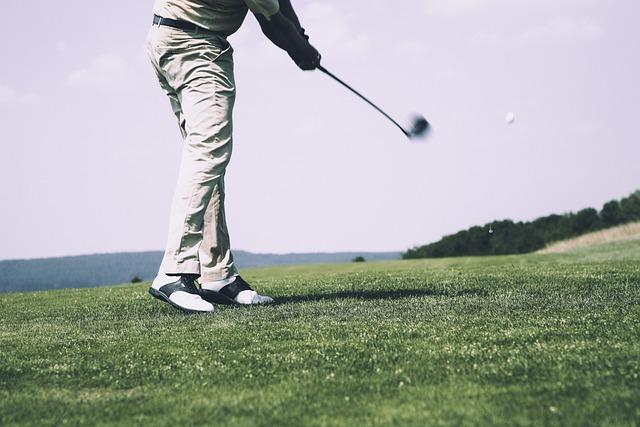In the competitive world of golf, mastering the downswing is crucial for achieving distance and accuracy. Experts agree that initiating your downswing with proper power not only maximizes clubhead speed but also enhances overall control. As players seek to refine their technique, understanding the mechanics behind a powerful downswing has become a focal point in coaching and training programs worldwide. This article explores key strategies and insights that can help golfers of all skill levels harness power right from the start of their downswing, transforming their game one stroke at a time.
Mastering Hip Rotation for Explosive Downswing Power
Generating explosive power during your downswing hinges significantly on how effectively you can unleash your hips. The hip rotation acts as the kinetic catalyst, transferring energy from your lower body through your torso to your arms and ultimately the club or bat. Mastering the timing and range of this rotation is essential-too early or too forced can lead to inconsistency, while smooth, controlled torque can dramatically increase clubhead speed. Focus on initiating the downswing by driving your lead hip toward the target, creating a dynamic tension that propels the rest of your body into action.
To sharpen your hip rotation mechanics, integrate these key tactics into your practice:
- Maintain a stable base: Keep your feet grounded to maximize torque without losing balance.
- Sequence your movements: Let your hips start the rotation before your upper body follows.
- Engage core muscles: A strong core ensures energy flows efficiently through your torso.
| Common Mistakes | Correction |
|---|---|
| Over-rotating hips early | Initiate rotation at ball release, not backswing |
| Sliding hips instead of rotating | Focus on rotational movement, keep lateral movement minimal |
| Weak core engagement | Incorporate core strengthening exercises |
Leveraging Ground Reaction Forces to Boost Swing Velocity
Maximizing swing velocity begins with understanding how ground reaction forces (GRFs) contribute to generating power during the golf downswing. When your feet push against the ground, the resulting reaction force travels upward through the body, creating a foundation for explosive movement. To harness this force effectively, golfers must focus on planting their feet firmly and driving their weight through the legs. This action transforms potential energy stored in the lower body into kinetic energy, which is then transferred seamlessly through the torso and arms, culminating in a faster clubhead speed.
Integrating GRFs into your technique involves deliberate coordination of key movement elements. Consider these critical points:
- Weight shift: Move your weight from the back foot to the front foot, ensuring stability and balance.
- Leg drive: Engage your quadriceps and glutes aggressively to push against the ground.
- Timing: Synchronize your lower and upper body movements to maintain fluidity and control.
| Force Component | Impact on Swing | Pro Tip |
|---|---|---|
| Vertical Push | Enables upward torque generation | Keep heels grounded at takeaway |
| Lateral Shift | Drives weight forward effectively | Practice weight drills with slow motion |
| Rotational Force | Boosts clubhead speed through torso snap | Focus on hip rotation timing |
Wrapping Up
Mastering the art of initiating your downswing with power is a critical component in elevating your overall performance. By focusing on the mechanics that generate maximum force at the right moment, athletes and enthusiasts alike can unlock new levels of precision and distance. As players continue to refine this key phase of their technique, the impact on their game becomes increasingly evident-turning potential into measurable results. Whether on the field or the course, initiating your downswing with power remains a fundamental skill worth mastering for anyone serious about their sport.








